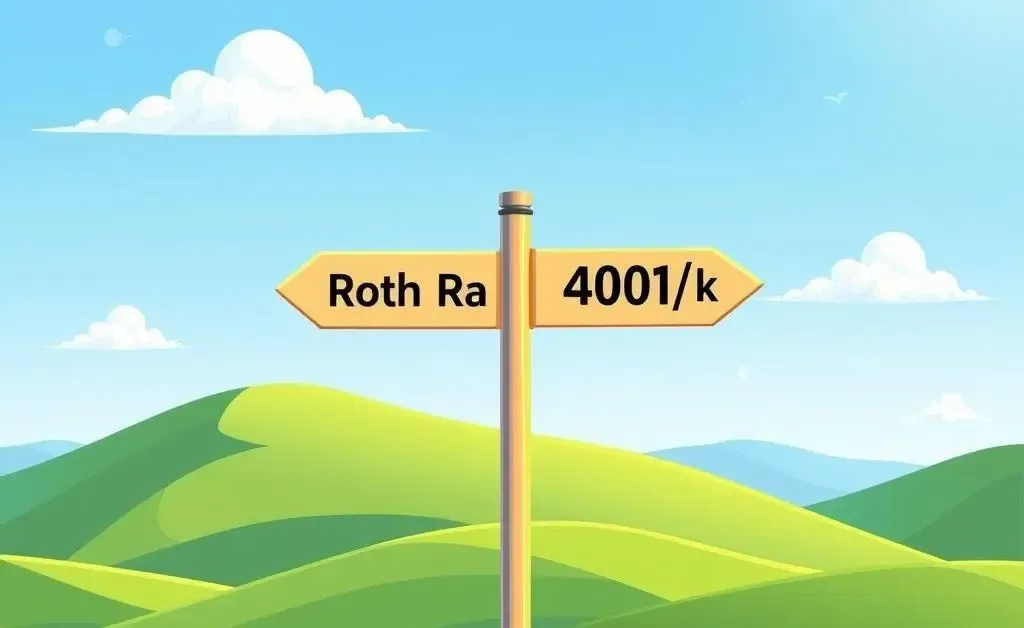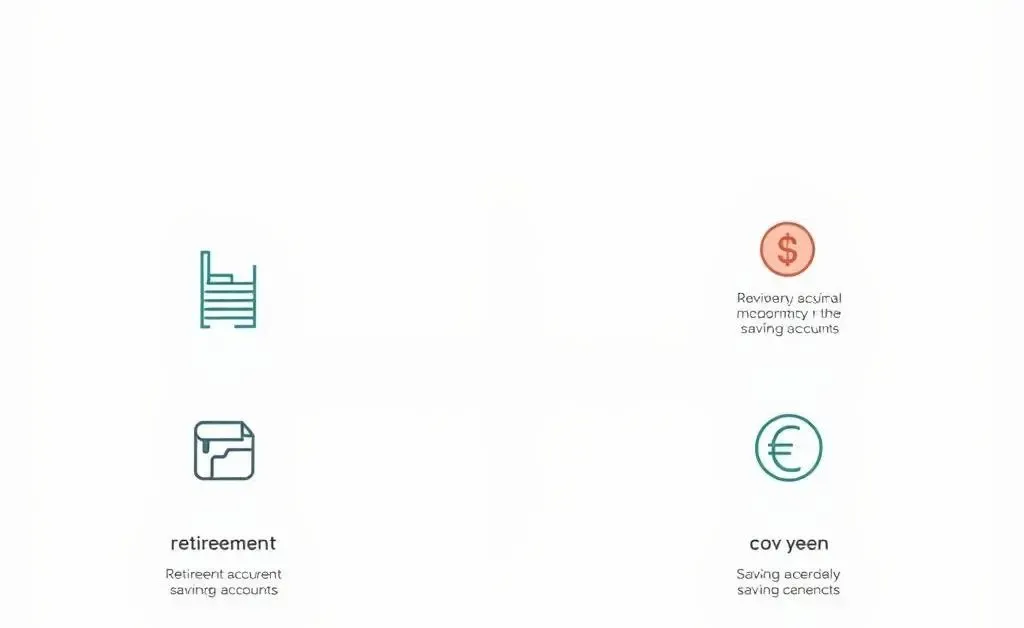Roth IRA vs. 401(k): Navigating Your Retirement Choices
Discover key differences between Roth IRA and 401(k) to optimize your retirement strategy.

When it comes to retirement planning, one question seems to pop up more often than any other: Roth IRA or 401(k)? Both are excellent tools for building a secure financial future, but each comes with its own unique features. So how do you decide which one should play a more prominent role in your savings strategy?
Understanding the Basics: Roth IRA vs. 401(k)
Before diving into detailed comparisons, let's cover the basics. A Roth IRA allows individuals to contribute after-tax dollars, making withdrawals tax-free in retirement. In contrast, a 401(k) is a workplace retirement plan that lets you contribute pre-tax income, which you’ll pay taxes on when you retire.

Key Differences to Consider
- Taxation: Roth IRA contributions are taxed up front, whereas 401(k) contributions are taxed upon withdrawal.
- Contribution Limits: As of 2023, the IRS permits a maximum of $6,500 annually for IRA contributions and $22,500 for 401(k).
- Employer Contributions: Employers often match 401(k) contributions, but not with a Roth IRA.
- Withdrawal Flexibility: Roth IRAs allow more flexibility in accessing contributions (not earnings) without penalties.
What’s Right for You?
Picture this: you’re sitting at a cozy cafe, sipping on your favorite brew as your friend Sarah explains how she managed to buy her first home. She mentions she tapped into her Roth IRA contributions, penalty-free, giving you a wider perspective on its flexibility. Could this be your scenario too?
If you’re trying to choose between these two options, consider whether paying taxes now or later is more advantageous for you. Additionally, think about your job’s matching policy. Are they willing to match your 401(k) contributions?
Flexibility Matters
A 401(k) might be your best option if you value higher contribution limits and employer matching. On the other hand, the Roth IRA's advantages of tax-free growth and withdrawals might appeal to those who project being in a higher tax bracket during retirement.

Conclusion: Choose Wisely and Plan Consistently
Your optimal strategy might involve a combination of both Roth IRA and 401(k). Diversifying your savings strategy can offer a balance of tax benefits and withdrawal flexibility.
What are your personal retirement goals, and how do these options align with them? Remember, the best strategy is one that fits your unique financial situation and future aspirations.





